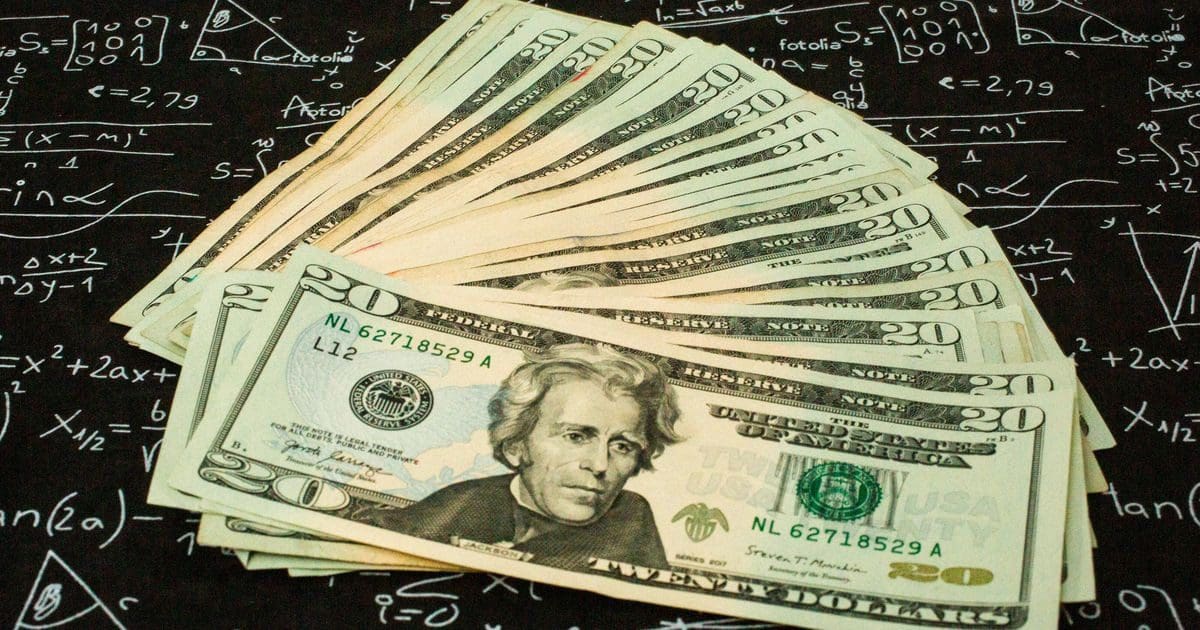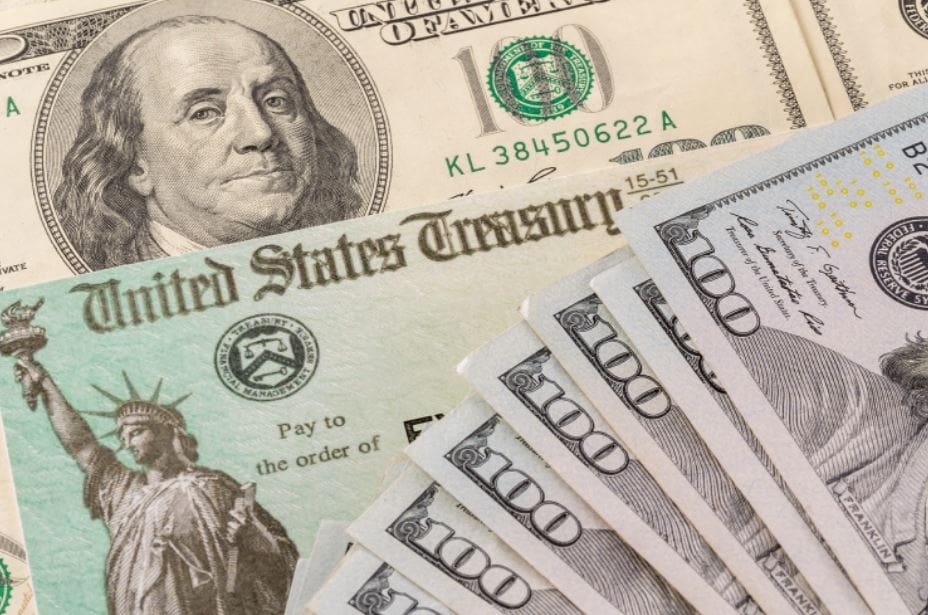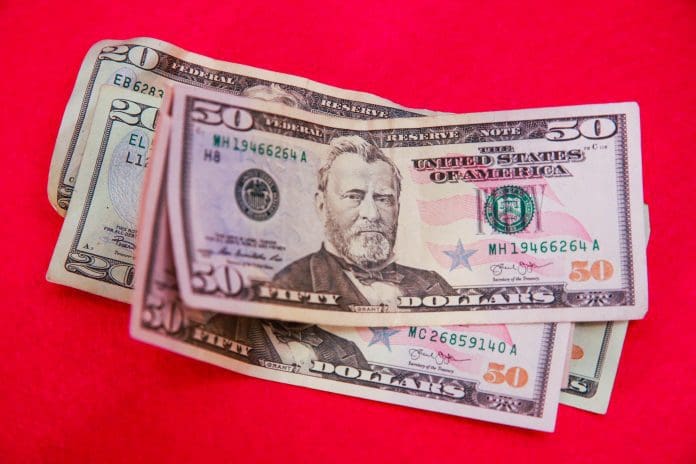The California Middle-Class Cash Back is finally going out to 60% of its 39 million residents. The 23 million residents will get stimulus checks ranging from $200 to $350 individuals and a family of three could end up receiving a maximum of $1,050 in their earnings are within the eligibility limit.
California gas prices remain the highest in the country and after a brief cooling-off period, it has spiked again to reach record figures, crossing the $6 mark to reach a high of $6.29 on Friday. It is even higher in the LA-Long Beach area with average gas prices touching $6.38. The national average stands at $3.8 a gallon.
No federal support is forthcoming in the coming weeks, at least not till the midterms in November. In such a distressing situation, the state stimulus check has gained importance and promises to be the only way for people to get some respite.
The cashback initiative of the Democratic Party-ruled government in California under Governor Gavin Newsom is the third after the Golden State Stimulus Check I and II. Gov. Newsom had initially proposed a gas card of $400 each to all vehicles registered in California. Families were slated to get a maximum of two cards. There was also a proposal for a transit and rail card for Californians, allowing them to travel free for three months.
The proposed payments were based on car registration and not income. But the Democrat legislators proposed a bigger package and Newsom came up with a more comprehensive cashback program.
Eligible citizens will receive the one-time payment if they are eligible. The Cash Back program will start on October 7 and continue till January 2023, though most payments will be sent by the end of October.
The payments have been divided into three layers with the low-income section of the population receiving the maximum amount that could go up to $1,050 for a couple who file their income tax returns jointly.

Eligibility for the cashback stimulus check will be linked to the adjusted gross income of residents and also to the presence of dependents.
Individual tax filers with adjusted gross income (AGI) of $75,000 or less will receive a stimulus check of $350 plus another $350 if they declare a dependent. Only $350 will be allowed for dependents, whatever their number.
For married couples filing jointly the total comes up to $1,050, $350 for each filer, and another $350 if they register a dependent. This is the highest stimulus check possible under the Middle-Class Cash Back scheme.
For individuals earning between $75,001 and $125,000, the stimulus checks amount to $250 for a maximum total of $500. For married couples earning between $150,001 and $250,000, the total comes to $750 if they include a dependent.
Individuals earning between $125,001 and $250,000 will get a stimulus check of $200 and the same amount more if they declare a dependent. For married couples earning between $250,001 and $500,000, the total stimulus check amount can go up to $600 if they declare a dependent.
Gov. Gavin Newsom has laid stress upon the middle class. The state has also suspended the sales tax on diesel though gasoline prices remain untouched for now. The prices of gasoline continue to be the highest in the state at $6.3 per gallon at the end of September.
The Colorado Stimulus Check To Continue Into October
Colorado has been among the most generous of states and is mailing up to $1,500 for couples filing jointly and $750 for individual filers. Almost all its taxpayers are covered by the tax refund program unofficially called the Colorado Cash Back.
Sarah Barnes of the Children’s Campaign, a non-profit advocacy group in Colorado said that many families in the state continue to feel the economic impact of the pandemic and the subsequent inflation that continues to assail low and moderate-income families across the US.
Families are already receiving the Colorado stimulus check in their mailbox and the payments are expected to continue into October.


The Colorado cashback was made possible thanks to the amendment to the TABOR, the Taxpayer’s Bill of Rights which has laid down that the state government should return state revenue that is deemed excessive. Such revenues are normally returned as a rebate against the taxes of that financial year filed in the next, or as a reimbursement.
But given the situation after the pandemic and then the record inflation rate, the Colorado legislature decided to pay the beneficiaries through direct stimulus checks. The stimulus checks were originally slated to be $400 per taxpayer, but a strong economic performance in 2021 prompted the administration to increase the amount to $750 and $1,500.
The payment started in August and will continue through September. It is expected to spill over into October. Over 2.4 M payments will be processed in total, the revenue department of the state revealed.
Though most states have linked income to the stimulus checks issued by them, the Colorado cashback has no income limits or other restrictions. Individuals and households are not required to have dependents to qualify. Neither are they limited by their adjusted gross income.
The only requirement for a beneficiary is that they must be at least 18 as on December 31 of last year. They must also be a resident of Colorado for the whole of 2021 and must file their state income tax return for 2021 or apply for a PTC Rebate (for property tax, heat credit, and rent).
Residents who filed their income tax return for 2021 from Colorado but moved out in 2022 are still eligible for the cash back. Individuals and families who do not owe income tax are still eligible for the stimulus check, even those who are claimed as a dependent by someone else will receive the stimulus check as long as they have filed their income tax return in Colorado for 2021. This is because the TABOR payments are refunds against the sales tax and not income tax.






